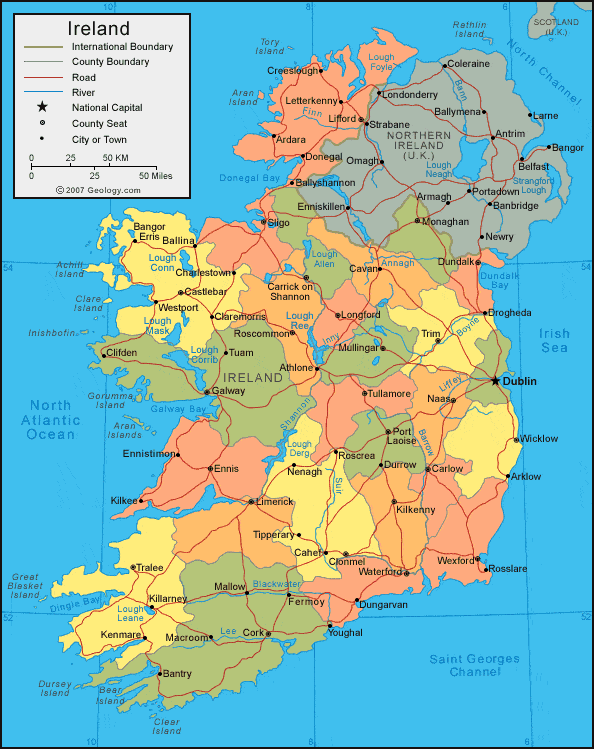 |
| Tom was standing at the doorway to a house at the Connemara Heritage and History Centre and the Dan O’Hara Homestead. |
Fascinating Fact of the Day About Ireland
“The submarine was invented in Ireland. John Philip Holland (29 February 1840 – 12 August 1914) was a Christian Brother from County Clare who invented the first submarine used by the US Navy and the first Royal Navy submarine– Holland 1”,
There’s no way I’d want to spend the days and nights in the cabin. Thus, over the past two weeks, I stopped two drugs, and today, I started reducing the dose on the third, a beta-blocker that is causing me to feel sleepy all afternoon and evening.
 |
| A friendly little lamb at the center. |
I’m already on two medications to lower my blood pressure which I’ll continue to take, but this third medication, bisoprolol, has a profound effect on how I feel all day. Also, my blood pressure and pulse are too low, further exacerbating weakness and exhaustion.
At first, when I stopped the statin, I noticed an improvement in the pain in my arms and legs. About a week later, it returned, and it made me look hard at these other two drugs could also be contributing to the pain.
 |
| Thatched roof structures. |
After reading the drug literature from the manufacturers and non-biased drugs, and prescription informational sites, I knew I’d better get off the two other drugs to begin feeling better.
The side effects of all three drugs were similar in some ways, contributing to pain, muscle wasting, and weakness. This morning, I cut the heart-shaped pills into tiny pieces with a plan to taper over the next nine days taking ⅔ of a pill the first three days, ½ the second three days, and ¼ on the final three days, stopping entirely on the 10th day.
 |
| A footbridge was leading to a hut. |
I am prepared for any possible side effects, and if necessary, I’ll slow the process even further. I am anxious to see how I’ll feel around noon today with today’s reduced dose. Usually, I can’t even keep my head up at noon, so tired from the drug I’d have taken at 8:00 am.
However, I am also prepared that I won’t notice a significant improvement until it is entirely off. Why did I choose to do this four days before the upcoming cruise? If I didn’t, I would be spending the better part of each day, sleepy and exhausted, in the cabin. I had to take the chance.
 |
| Dan O’Hara’s home in which he lived with his family. |
If I experience significant problems while weaning, I’ll immediately go back to the original dose and wait until we get to the UK at the end of the month when I plan to see a cardiologist for a checkup.
Of course, I’m hoping that one day soon, I’ll feel better, but I’m not expecting too much. This has been a long, painful and challenging process over which I’ve had little control. I continue to walk but can’t seem to build much endurance in my current state of weakness.
 |
| Tom had to bend over to enter the stone house. |
Tomorrow, we’ll be back with the final expenses for Ireland and the wrap-up of our favorite photos. Please check back.
 |
| This may have been a huge matriarch we spotted from across the Crocodile River from the fence in Marloth Park. Be well. For more photos, please click here. |



























